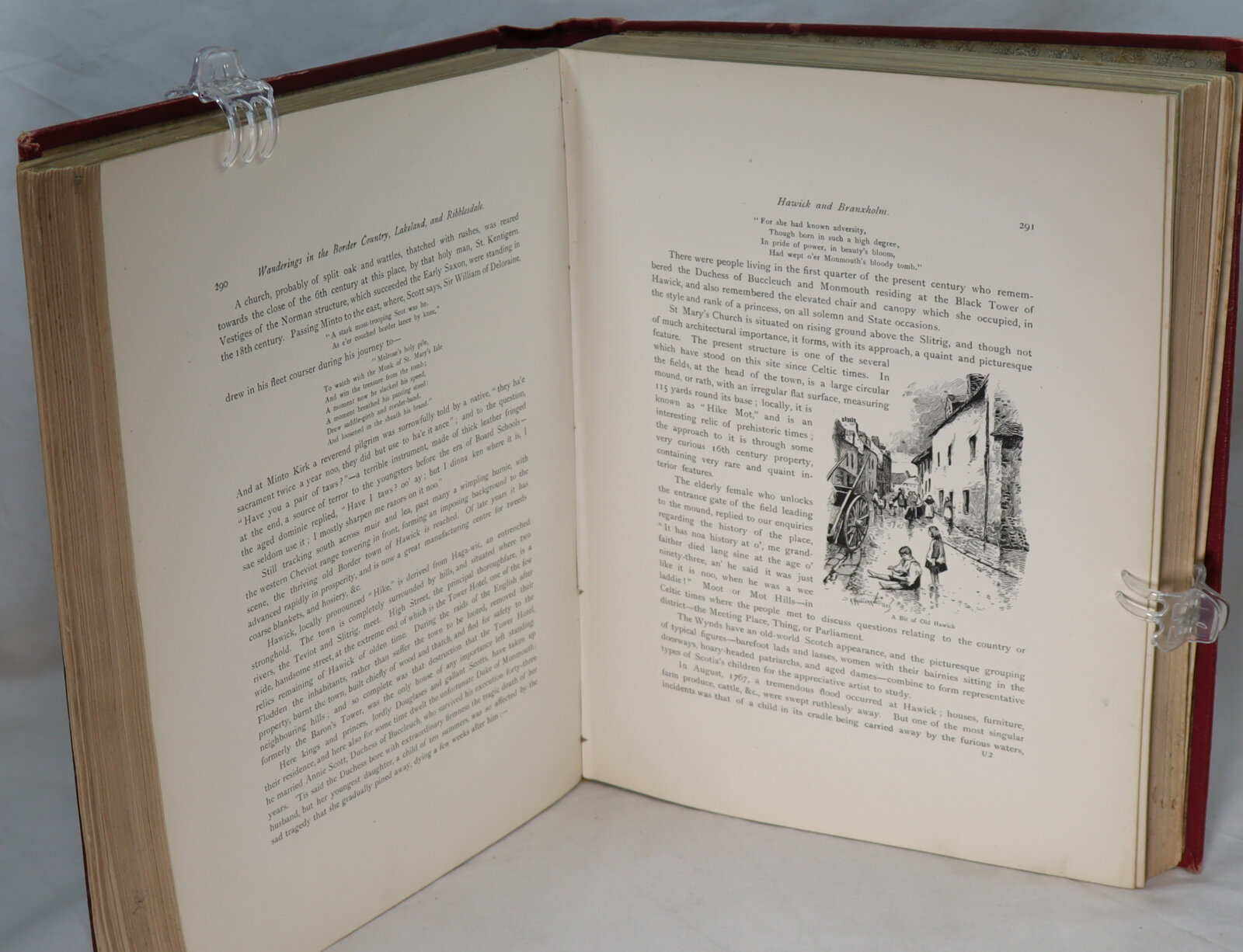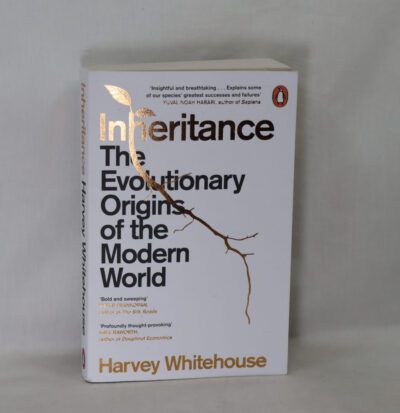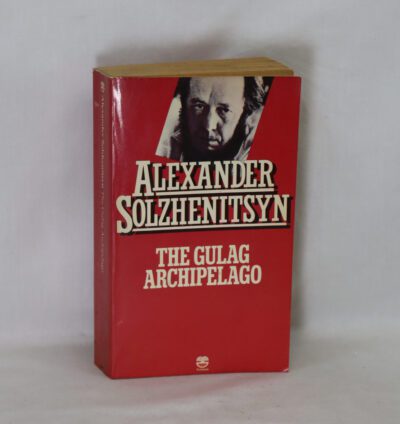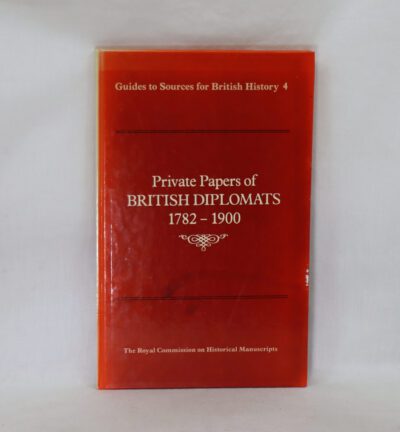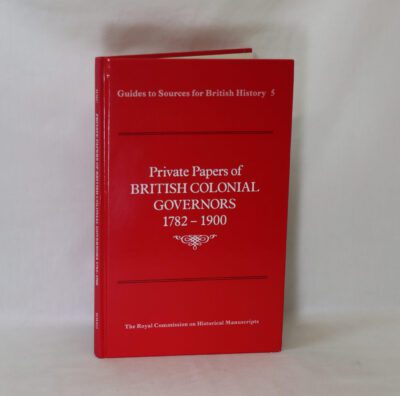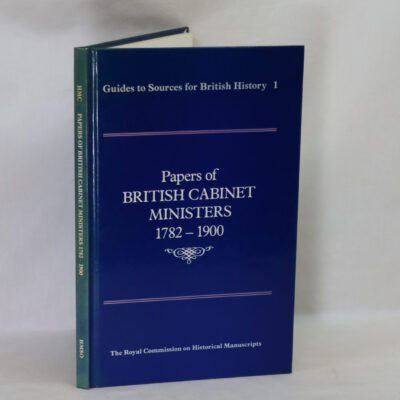The Border Country. Lakeland and Ribblesdale.
By Edmund Bogg
Printed: 1898
Publisher: Edmund Bogg. Leeds
| Dimensions | 24 × 29 × 5 cm |
|---|---|
| Language |
Language: English
Size (cminches): 24 x 29 x 5
Condition: Very good (See explanation of ratings)
Your items
Item information
Description
Red cloth binding with gilt title on the spine and the front board.
-
F.B.A. provides an in-depth photographic presentation of this item to stimulate your feeling and touch. More traditional book descriptions are immediately available
-
Note: This book carries the £5.00 discount to those that subscribe to the F.B.A. mailing list.
First Edition. Hardback. Condition: Good. No Jacket. 1st 1898. Good condition with no wrapper. Large paper edition. Gilt title and decoration to spine. Dark boards with gilt title to front. Marbled endpapers. Errata page + 364 pages + 263 pages. Numerous b/w photos and illustrations. Tight contents, some foxing to endpapers but generally clean and bright. Published by Edmund Bogg and John Sampson.
The late Edmund Bogg was a popular and prolific writer a century ago. With his artist and other friends he tramped all over the northern Pennines gathering material for his well-illustrated books. His first book, “A Thousand Miles in Wharfedale” was published in hardback by subscription in 1892. Subsequent books were financed by advertisements. As the years passed, his standards fell. By the 1920s he had re-worked much of his material, and re-published using poorer quality paper and paperback binding. No doubt these later, cheaper, editions brought the countryside to a less affluent and increasingly mobile working class population.
This paper records and comments on Bogg’s connection with the Yorkshire Ramblers’ Club. It is not intended to be a critical appreciation of Bogg’s literary talent. Suffice it to say that he was a romantic writer. His contemporary topographer and local historian, Harry Speight, is considered to be a more reliable authority.
Bogg supplemented his literary earnings by running a wholesale and retail business supplying artists’ materials at 3 Woodhouse Lane and Guildford Street, Leeds. By the 1920s he had moved to 3 Wade Street, Leeds. For many years he rented the Manor House at Castley which he used as a holiday home.
Bogg gathered around him at his Castley home and on his field trips a group of artists, journalists, writers, musicians and craftsmen from which he formed the Leeds Savage Club.
In those halcyon days before television and radio people had to entertain themselves. The Leeds Savage Club, modelled on the earlier club of the same name in London, enabled the members to do just that. Inter alia they accompanied Bogg on his lengthy tours of the countryside, and several contributed drawings and photographs to illustrate his books.
Bogg has the dubious distinction of being involved in the first cave accident in the Yorkshire Dales. On 12 September 1891 he organised a concert for about forty friends in Dow Cave near Kettlewell. Owen Bowen and Albert Haselgrave left the main party with only one candle between them. When the light failed, Haselgrave fell about 5 m. into the stream, injuring his face. This story appeared in the local newspaper, and was repeated by Bogg at least four times. A somewhat less sensational account was written by an eye-witness 76 years later .
This early incident may have caused Bogg to reconsider his attitude to caves which, unlike the works of Harry Speight, rarely feature in his books. Four of his collaborators, George T. Lowe, Percy Robinson, Fred Leach and Frank Dean, subsequently joined the YRC which had been founded in 1892. It is not clear whether Lewis Moore (elected 1892) joined the YRC before or after his association with Bogg. There is no record of Bogg’s financial arrangements with the YRC members. Owen Bowen received £2 per week plus expenses for his artistic work, so it is not unreasonable to assume that the YRC members were also remunerated.
In his first book, A Thousand Miles in Wharfedale, Bogg dismissed Stump Cross Caves in five lines. Nevertheless, George Lowe obliged with ten lines in the appendix to that book. Twelve years and a thousand miles later Stump Cross had been dismissed in one line!
The timing of George Lowe’s first contribution is significant. He visited Stump Cross Caves during an Easter before October 1892 i.e. well before the YRC was formally constituted on 6 October 1892. At that inaugural meeting Lowe was elected President.
Lowe, writing under the banner of the YRC, contributed a chapter on Upper Nidderdale to Bogg’s undated Edenvale to the Plains of York. Inter alia he took the readers to Tom Taylor’s Cave, Eglin’s Hole, Goyden Pot and Manchester Hole. For many years this was the best available description of the Nidderdale caves. Of the paperbacks, Lowe is acknowledged for his assistance with Wensleydale and the Lower Vale of Yore, but there is no indication of the full extent of his contribution. He also provided seven illustrations for Bogg’s The Old Kingdom of Elmet, two for Lower Wharfedale, and five for Higher Wharfeland[.
Bogg’s biggest book was his 2000 Miles in the Border Country, Lakeland and Ribblesdale. This ‘tome’ went out of print in less than a year (1898: 1200 copies), and was immediately re-published in two parts – A Thousand Miles … in the Border Country and A Thousand Miles … Lakeland and Ribblesdale. The identical pagination indicates that re-publication was intended at the typesetting stage. George Lowe contributed a chapter about the Northern Cheviots (illustrated by Fred Leach), while Lowe and Lewis Moore wrote about the Roman Wall and Climbs in Lakeland (also illustrated by Fred Leach before he joined the YRC).
Messrs. Lowe and Moore were not the only YRC members who were involved with Bogg’s publishing efforts. Percy Robinson supplied many illustrations for Richmondshire, Two Thousand Miles in Wharfedale, Edenvale to the Plains of York, The Border Country, Lakeland and Ribblesdale], A Thousand Miles in Wharfedale, Higher Wharfeland, Lower Wharfedale, The Old Kingdom of Elmet, Wensleydale and the Lower Vale of Yore, and Picturesque Fell Land, Robinson was a late arrival at the YRC from the Bogg fraternity, being elected in 1906. This search of the Bogg books revealed that Frank Dean (elected 1892, resigned 1895) was another major illustrator.
The relationship between the members of the YRC and Edmund Bogg was to a certain extent symbiotic. Although the YRC was founded in 1892, it did not publish its Journal until 1899. In return for the contributions to his books, Bogg provided a medium for the publication of some early meet reports and cave explorations, be they original or repeat. Thus in Bogg’s books can be found accounts of early YRC meets at Dow Cave, Gaping Gill and Rowten Pot (illustrated by Samuel Cuttriss), and Hell Hole. As soon as the YRC Journal commenced publication, the members’ contributions to Bogg’s books declined. Despite this unofficial association of Bogg with the YRC, only four of his books were mentioned in the YRC Journal, and none was reviewed.
Condition notes
Want to know more about this item?

Share this Page with a friend


